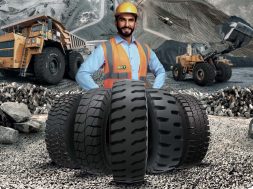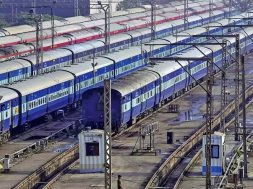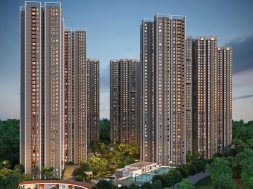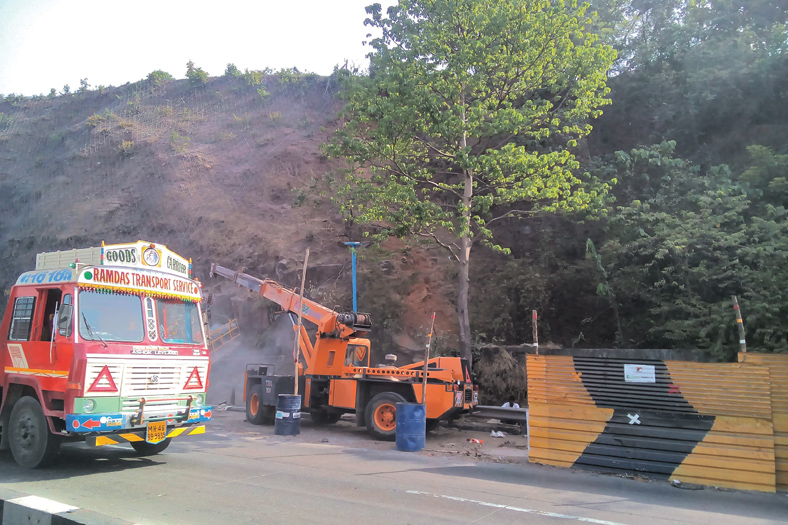PEB Industry upbeat on growth prospects
PEB industry in India poised for a sea change due to its new potential application areas in the new heavy engineering and larger infrastructure projects
Construction industry is one of the key factors contributing to India’s fast growing economy. In the last few years, the industry has discovered, created and developed a number of technologies, systems and products. One of such innovations is the concept of pre-engineered buildings (PEB).
PEB system has already made waves internationally but in India it is still at the growing stage. Day-by-day, PEB system is becoming the most preferred choice among the architects, builders, developers and industrialists owing to the benefits it offers. In India, PEB is mostly used in industrial segment for factories, warehouses, etc. but now it is venturing in other sectors too.
Current statusOver the past decade, PEB system has significantly emerged as the best solution in industrial, commercial, institutional and infrastructure sectors. Today, the PEB market is experiencing dynamic growth in India.
Highlighting the journey of PEB in India Gautam Suri, CTO and Founder Director, Interarch Building Products Pvt. Ltd. says, “Automotive, power, logistics, pharmaceuticals, FMCG, and retail sectors are providing huge growth opportunity for PEB in India. Though, the PEB industry is still in its infancy, over the last six years there has been a growth in this sector due to increasing awareness amongst consultants and customers.”
According to Vineeth Reddy, GM Sales, Ralco Steels-India, “India adopted PEB technology just a decade ago for a limited segment. Now due to the awareness and architectural and structural versatility, PEB market has expanded to commercial, power projects and many more segments, which created a huge gap between supply and demand.”
Driving factorsPEB system is being adopted quickly because of its distinct advantages. PEBs are much lighter in weight in comparison to normal steel buildings because they are created with a high proportion of recycled content. Apart from reduced construction time, it also offers low maintenance cost.
Commenting on it P.V. Rao, Managing Director, PEBS Pennar says, “PEBs are economical, faster in construction, aesthetically appealing, less foundation cost, and re-locatable. They are not restricted to industrial buildings and warehouses but have gained diverse applications such as power generation buildings, aviation hangers, boiler support structures, bridges, cold storage facilities, multi-storied commercial complexes, metro rail stations, stadiums, etc.”
“The overwhelming advantages of PEB technology compared to conventional RCC buildings, is a major driving force, there is no time over run, no budget escalations, no wastage of raw material, aesthetics, single agency responsibility are the advantages of PEB,” opined Sanjay Loya, Director, Loya PEB.
ChallengesEach industry has its own challenges and setbacks. As the PEB industry is witnessing growth, it is also facing some challenges.
Commenting on the challenges, Mr Suri says, “The biggest challenge for PEBs in India is the perception shift from conventional structure to pre-engineered steel structures. Though it is changing over the years but the pace is slow and people are still not readily experimenting. People still tend to look the conventional method of construction as the best and cheaper method of construction overlooking the long term benefits of constructing in pre-engineered steel.”
Mr Loya believes shortage of skilled manpower is a key challenge. “Challenges include increasing cost and shortage of skilled manpower. Also, fluctuating steel prices which account for 60 to 75 per cent of the overall cost, will certainly affect the price trend and impact the profit margin of the supplier in the long run as competition intensifies. These challenges shall be directly attributed to the lower penetration of PEB in India,” he said.
PEB structure due to its assembly of various parts requires a painstaking attention to detailing requiring high-skilled workers. Anjan Dutta Roy, Vice President and Business Head, Tiger Steel Engineering India, points out, “Shortage of skilled labour is a major concern over traditional method of construction.”
PEB going greenThe concept of green buildings is steadily increasing in India. One of the key reasons for the rise of the PEB industry in recent times has been the increasing emphasis on sustainable building strategies. Also, modern steel manufacturers are making use of energy efficient methods in steel production that helps considerably in reducing greenhouse gas (GHG) emissions.
According to Mr Rao, “The level of awareness about the benefits of new eco-friendly material in the construction industry is growing and the PEB industry is moving forward from traditional methods of construction to the environmentally friendly methods. In order to ensure that development and environment conservation go hand in hand, major corporations around the world are going for “green buildings” concept which will slow down the depletion of natural resources.”
Pre-engineered construction is inherently green products and has comparatively smaller impact on the environment in comparison to conventional brick and mortar construction. The energy efficient methods used in producing the steel used for these structures and the high recycled content help in substantially reducing GHG emission. Interestingly even after demolition, these buildings don’t accumulate wastage like asphalt, concrete, brink and dust. The only by-product is metal scrap which is 90 per cent recyclable, observed Mr Suri.
Future outlookPEB is considered as a flourishing industry and is expected to grow rampantly in the near future. As the economy grows, the PEB industry is liable to grow.
According to a Frost & Sullivan report, the PEB market earned revenues of ` 52,970 million in 2012 and estimates this to reach ` 136,120 million in 2016, growing at a compound annual growth rate (CAGR) of 26.6 per cent. Further to this, the government has set a massive target for developing infrastructure in the 12th Five-Year Plan (2012-17) at an estimated cost of ` 40,900,000 million, which will provide huge growth opportunity for PEB.
Mr Rao is quite optimistic about the future of PEB market in India. He said, “PEB industry has bright future in the coming years as there would be huge demand for PEB structures in various segments such as industrial, logistics, defence, metro rail projects, retail stores etc.”
Almost echoing this statement, Mr Suri said, “We are quite upbeat about the growth of construction sector in the coming years. Stemming from the PEB industry, what is taking shape is the new heavy engineering and larger infrastructure projects which is the next in line for the infrastructural development of the country. Projects like airports, international terminals, power plants, ports etc. require heavy steel structures and a different approach in comparison to PEBs. From here on, we see a wave which is likely to become a trend soon in the infrastructure division.”
P.V. Rao, Managing Director, PEBS Pennar"PEBs are economical, faster in construction, aesthetically appealing, less foundation cost, and re-locatable"
Sanjay Loya, Director, Loya PEB"…fluctuating steel prices which account for 60 to 75 per cent of the overall cost, will certainly affect the price trend"
Gautam Suri, CTO and Founder Director, Interarch Building Products"The biggest challenge for PEBs in India is the perception shift from conventional structure to pre-engineered steel structures"
12
Cookie Consent
We use cookies to personalize your experience. By continuing to visit this website you agree to our Terms & Conditions, Privacy Policy and Cookie Policy.









